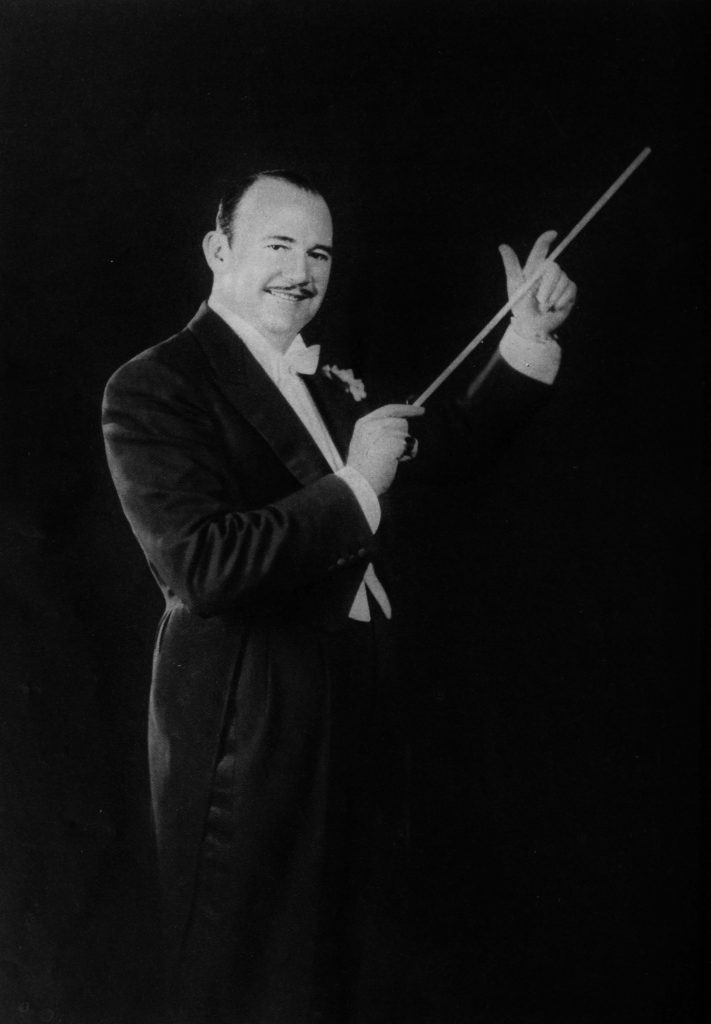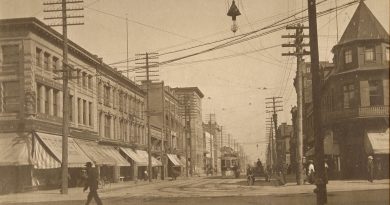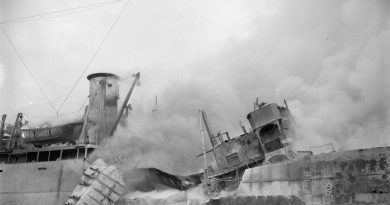The epoch that wasn’t
The Rogers Building has been standing at the north-east corner of Pender and Granville in Vancouver for nearly 100 years. (Construction began in 1911, the building opened in 1912.) It gets its name from Jonathan Rogers, who can be counted among Vancouver’s earliest pioneers. Rogers was born in Plas Onn, Denbighshire, Wales, and until he was 15 spoke not one word of English. He arrived in Vancouver, a fresh-faced youth of 22, in May of 1887—aboard that famed first CPR train from Montreal. He was, in fact, the first passenger to step off the train, and he recalled that the Vancouver City Band struck up the tune See the Conquering Hero Comes. Rogers later confessed, with some embarrassment, that he thought the band was playing the tune for him, as the first person to emerge from the train.

The city was a simpler place then: Rogers could recall when horse races were run down Granville Street.
Rogers became a builder and contractor, and it’s said that more than 300 metres (1,000 feet) of Granville Street footage was built by him. The building for which he will be best remembered—and not just because it’s named for him—is the Rogers Building.
Seattle architects
This 10-storey beauty was designed by a Seattle firm, Gould and Champney. The October 20, 1911 issue of B.C. Saturday Sunset gave some of the details of “what promises to be one the finest office buildings on the Pacific Coast . . .” The building, said Sunset, “is designed along the lines of the modern French Renaissance (with an) exterior of polished Glasgow granite, in combination with cream-colored terra cotta facing . . . All the interior finish woodwork is to be of hardwood with white Italian marble corridors and stairs throughout . . . . The building will be a monument to Rogers, whose faith in the future of this city is exemplified in the erection of a building which, when completed, will represent an expenditure of nearly $600,000.”
Writing in The Greater Vancouver Book, Sean Rossiter says: “Carl F. Gould was a Seattle architect who had mastered that city’s terra cotta material—glazed tiles formed into classical details with weather-resistant qualities appropriate to this climate. When the worldwide collapse of lumber prices in 1910 ended Seattle’s boom, Gould and other architects travelled the short distance north to Vancouver where higher prices persisted because of B.C.’s access to British markets. Gould’s Rogers Building (1911-12) at 470 Granville is one sumptuous example of what architects from a more sophisticated city could do in booming Vancouver.”




![1912 REO [Image: Vancouver Sun]](https://vancouverhistory.ca/wp-content/uploads/2021/01/REO-390x205.jpg)